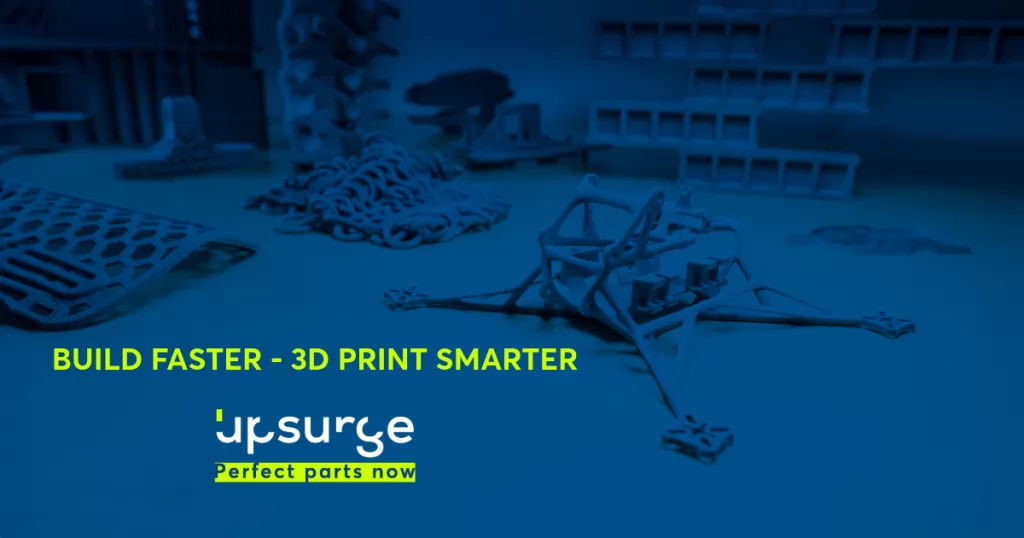
Industrial 3D Printing with MJF and FDM: Optimize Production at Scale
Industrial 3D Printing at Scale
Additive manufacturing is changing how parts get made. Multi Jet Fusion (MJF) and Fused Deposition Modeling (FDM) deliver precision, repeatability, and cost control across production lines. This guide breaks down their capabilities, compares performance, and defines how to integrate both into modern manufacturing.
Technology Overview
Multi Jet Fusion (MJF)
-
Process: Powder bed fusion using fusing and detailing agents.
-
Material: PA12 only — we focus on consistency and mechanical reliability.
-
Advantages: Fine detail (80–100 µm), isotropic strength, smooth uniform surface, ideal for production-grade parts.
Fused Deposition Modeling (FDM)
-
Process: Extrusion of thermoplastic filament layer by layer.
-
Materials: ASA, ABS, TPU, PLA, PLA CF, PETG.
-
Advantages: Large build volumes, material versatility, low waste, and high performance for tooling, fixtures, and functional prototypes.
Performance Comparison
|
Parameter |
MJF |
FDM |
|---|---|---|
|
Resolution |
80–100 µm |
200–300 µm |
|
Mechanical Strength |
Isotropic |
Anisotropic (Z-axis weaker) |
|
Build Speed |
Up to 40 mm/hr (layerwise) |
15–25 mm/sec (extrusion) |
|
Cost per Part |
Moderate |
Lower for large or simple parts |
|
Post-Processing |
Minimal (powder removal) |
Support removal, surface finishing |
MJF delivers superior quality, precision, and repeatability.
It prints dense batches fast with consistent results.
FDM is slower, less accurate, and better suited for simpler geometries or larger, low-cost parts where surface finish isn’t critical.
Material Selection
MJF (PA12): High impact resistance, chemical stability, repeatable accuracy.
FDM (ASA / ABS): Durable, UV-stable, suited for prototypes and production aids.
FDM (TPU): Flexible, wear-resistant for gaskets or housings.
FDM (PLA CF): Lightweight, high-stiffness parts for load-bearing applications.
FDM (PETG): Balance between strength, heat resistance, and surface quality.
Use Cases
-
Functional Prototypes: Validate form, fit, and function fast.
-
End-Use Parts: Produce short-run batches without tooling.
-
Tooling & Fixtures: Manufacture jigs, molds, and custom guides on demand.
-
Complex Geometries: Create internal channels, lattices, and optimized lightweight structures.
Implementation Strategy
-
Design for Additive (DfAM): Optimize for minimal supports and efficient builds.
-
Material Validation: Test tensile, fatigue, and thermal behavior for real use.
-
Workflow Automation: Use software to handle build prep, nesting, and scheduling.
-
Quality Control: Integrate in-line inspection, 3D scanning, and mechanical verification.
-
Scale-Up: Expand with modular printer cells connected to ERP/MES systems for real-time tracking.
Conclusion
MJF and FDM complement each other. MJF delivers fine detail and uniform strength. FDM enables large, strong, and cost-efficient parts. Implementing both creates an agile production ecosystem—faster lead times, lower costs, and flexible output.
Upsurge builds that ecosystem.
We integrate MJF and FDM into your manufacturing process to cut lead time, standardize quality, and increase ROI.
Contact us to architect your digital production workflow.
